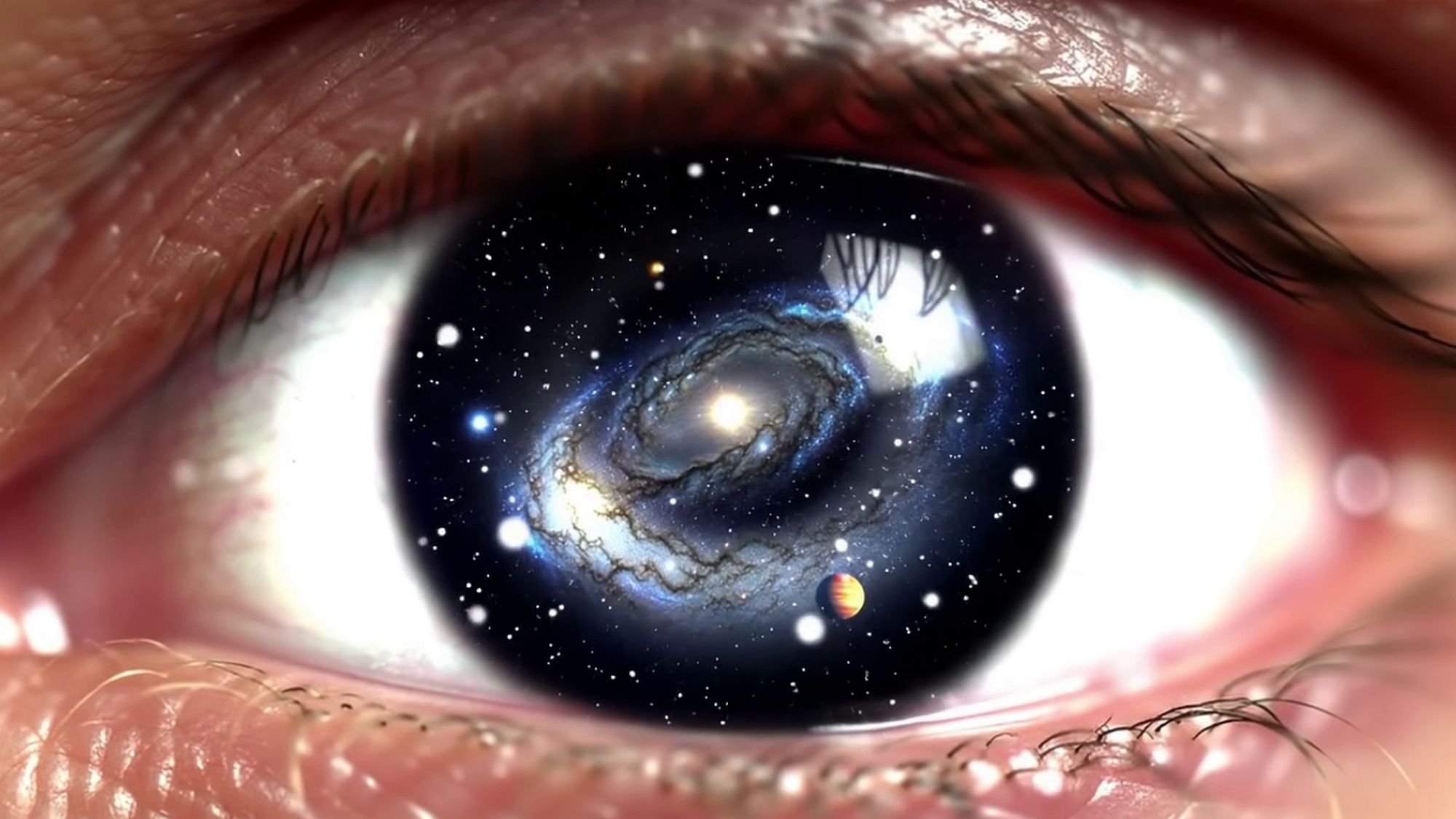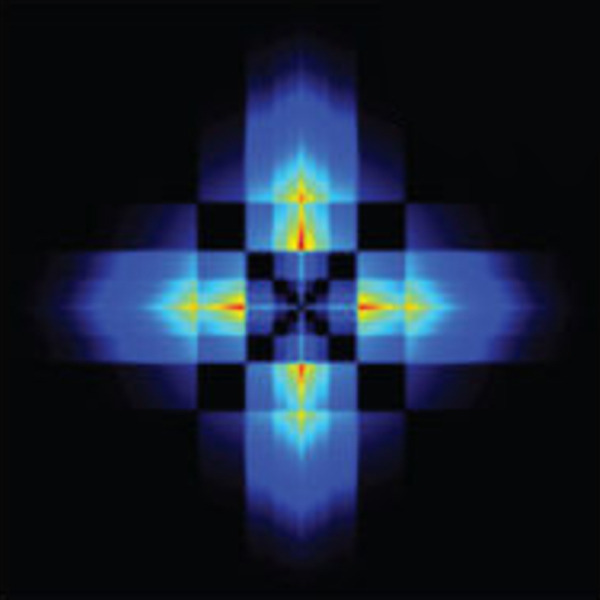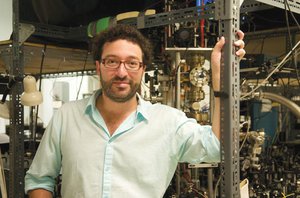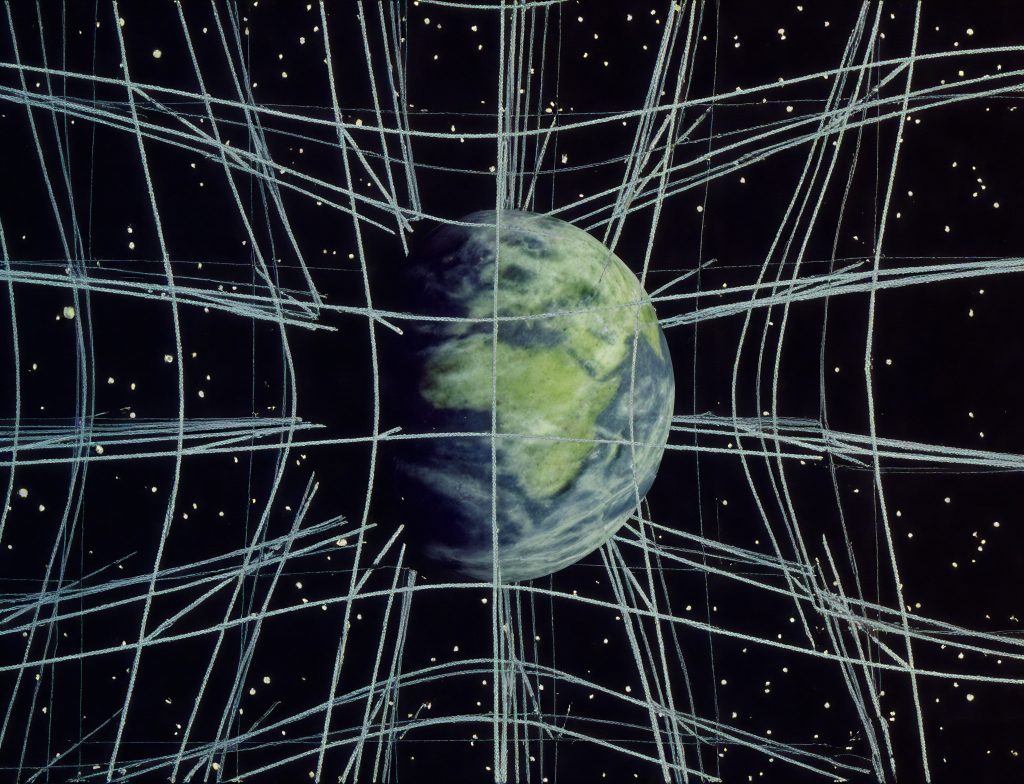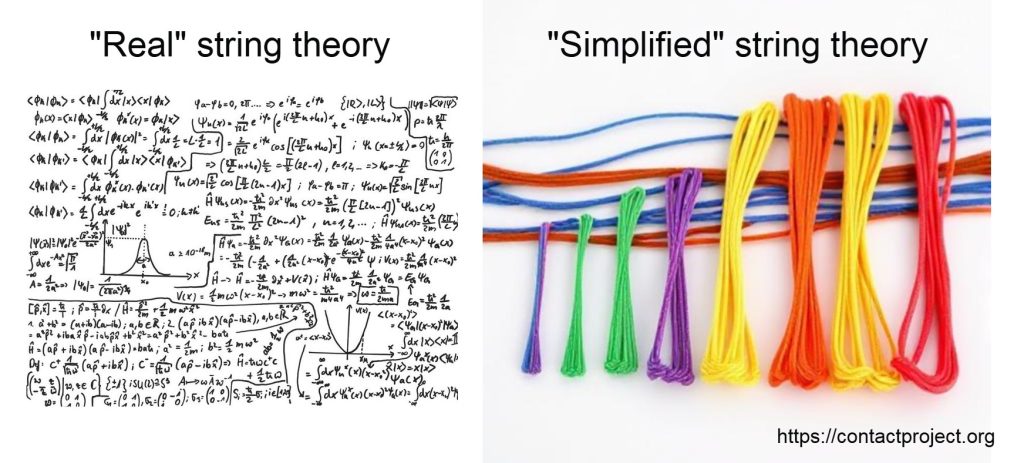Simplified String Theory
In 1994, Professor Dr. Günter Nimtz and his colleague, Horst Aichmann, conducted groundbreaking experiments at Hewlett-Packard that involved transmitting information faster than light. They successfully transported a signal over a very short distance at a speed 4.7 times that of light, thanks to a phenomenon called quantum tunneling. This remarkable result has ignited heated discussions among scientists, yet it remains reproducible.
FASTER-THAN-LIGHT?
As improbable as it sounds, I was present in 1999 when Professor Dr. Nimtz transmitted an AM-modulated microwave signal of Mozart’s 40th symphony through a Bose double prism at 4.7 times the speed of light.
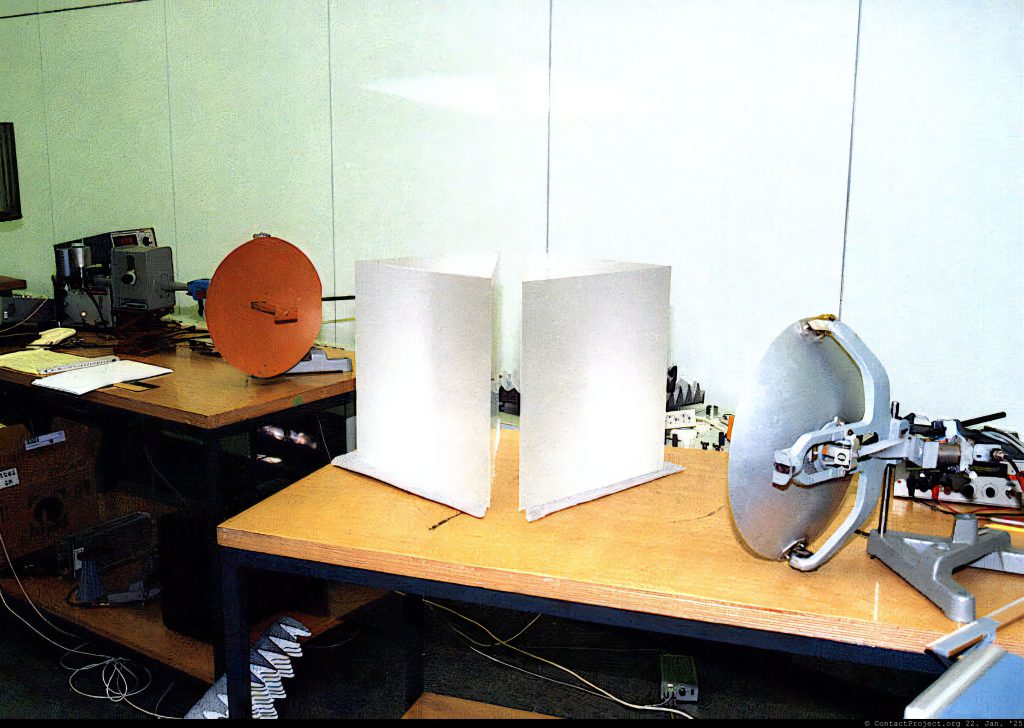
As the webmaster of a Sci-Fi-themed news website called the “Museum of the Future,” I was constantly on the lookout for intriguing topics. One day, I stumbled upon an article about Dr. Nimtz and the enigmatic processes of superluminal quantum tunneling. Intrigued, I reached out to him, and he graciously agreed to demonstrate his experiment.
The following is an excerpt from the original article I wrote about Nimtz’s experiment on September 9, 1999, titled Faster Than Light Transmission Of Signals:
“Having met Prof. Dr. Nimtz for the first time I was shown his new tunneling experiment. As a lay person I’m not able to launch immediately into an in-depth scientific interpretation of his experiment but I will dutifully try to comprehend what I saw today, and try and share my insights and questions and make the data available as they become known.”
“I present here for the first time world-exclusive pictures of Prof. Nimtz’s new experiment setup.”
In this experiment, the quantum-tunneled signal was measured against a signal traveling through ordinary laboratory space. To demonstrate this, Dr. Nimtz employed an oscilloscope and a detector diode to accurately gauge the tunneling time.
Mozart at 4.7 Times the Speed of Light
In anticipation of potential questions in the future, I prepared a short video six years ago that includes the last surviving recording of the superluminal Mozart transmission.
Technical Questions
In August 2023, I corresponded with Horst Aichmann, the engineer behind the quantum tunneling experiment and a co-author with Professor Nimtz on various related papers. I inquired about the modulation and detection of the signal timing. He provided the following information:
“During our timing measurements, I created a pulse modulator equipped with specialized filtering, enabling a repetition rate of 13 MHz and a rise time of approximately 500 picoseconds. The AM signal provides an easily detectable and measurable trace, thanks to a fast detector diode coupled with a sufficiently rapid oscilloscope.”
If we indeed accept the existence of superluminal effects originating from quantum tunneling, we can conclude that this phenomenon allows a particle to enter a strictly localized tachyonic state, for a very short period of time.
Superluminal tunneling has been successfully performed hundreds of times in laboratories worldwide, demonstrating its applicability in everyday technology. For instance, the fingerprint reader on your smartphone utilizes quantum tunneling. You may not think about it, but it simply works!
Fingerprint Readers and Quantum Tunneling

When quantum tunneling occurs with a red laser pointer (operating at a frequency of several hundred terahertz), the evanescent tachyonic field only extends a few picometers because of the high frequency.
During Nimtz’s experiments, he utilized a frequency of 8.7 GHz, which coincidentally matched the wavelength of Helium-3 emissions. This particular frequency enabled his evanescent field to be detectable over several centimeters between prisms. (It just happened that the microwave emitter available in the university lab operated at this frequency.)
Interestingly, it appears that the lower the frequency used, the more extensive the evanescent field extends from the barrier.
Replications (this is a great subject for your Science Fair project!)
Recently, this groundbreaking experiment was replicated by Peter Elsen and Simon Tebeck, who presented their findings at “Jugend forscht,” Germany’s prestigious student physics competition, in 2019. Their work earned them first prize from Rheinland-Pfalz as well as the Heraeus Prize for Germany.

References:
Superluminal Tunneling: “Jugend forscht” winners.
“Jugend forscht” Winners meet the German Chancellor
What is a brane? (Topology and String Theory in a nutshell)
The rule that nothing can move faster than light has a little-known exception: evanescent waves. Various explanations have been tried to account for this phenomenon.

My explanation is simple: a photon is the smallest possible unit of topology, geometry, dimension, information, energy, or anything. Topologically, a photon is a zero-dimensional point in space; it is a quantum of zero (0) dimension.
In the mesmerizing ballet of quantum tunneling, this photon, this pure potential, traverses a barrier. In doing so, it transforms; as a point transitions from one locality to another, it becomes a line—a string. It is this very string, that delicate filament, which finds its place in the grand narrative of string theory. Suddenly, we have transcended from the ethereal realm of the zero-dimensional to the tangible reality of a one-dimensional object.
In the lexicon of theoretical physics, we might also refer to this one-dimensional string as a “brane,” existing within a confined, one-dimensional space devoid of the tapestry of time.
What is a brane?
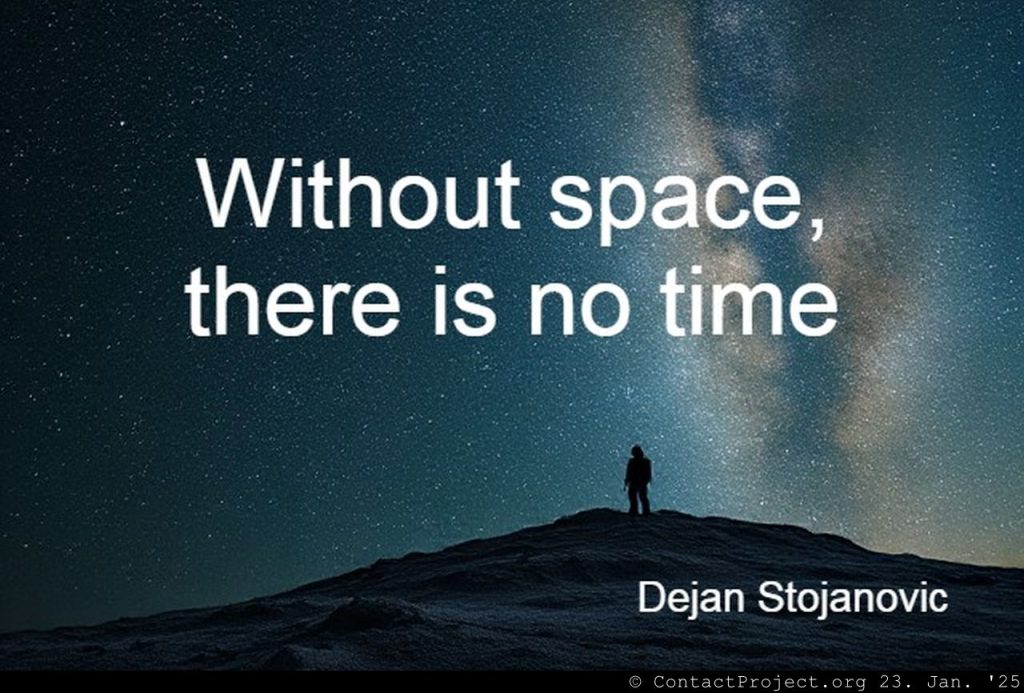
In the realms of string and quantum theory, a 1-brane are one-dimensional “objects or waves” that traverse space-time—not through classical laws, but governed by the principles of quantum physics. When we consider one-dimensional space, we omit the fourth dimension, which is time.
In this context, photons or strings can move superluminally. This isn’t merely an abstract mathematical idea; it reflects our reality.
Evanescent waves result from photons re-entering the four-dimensional non-quantum realm, allowing us to witness the faster-than-light movement of a photon traversing a barrier.
It’s space, Jim, but not as we know it
Albert Einstein explained his theory of special relativity using geometry by the mathematician Hermann Minkowski, who unified space and time into a four-dimensional spacetime continuum.
For his theory of general relativity, Einstein employed Riemannian geometry—a branch that includes the concept of curved space—to describe how mass and energy distort spacetime.

This “topology,” the curved space model, has held an endless fascination for us since early times.

A sphere exists in 3 and 4 dimensions. In zero- and one-dimensional realms, the sphere (and time) do not exist, because these dimensions lack the necessary structure to define a “surface” or “volume,” let alone “time.”
Is it “time” to move beyond the Riemann sphere in our understanding of the cosmos?
Click here for “Superluminal,” part 3:
Unlocking the Mind: Are Human Brainwaves Defying the Speed of Light?
The “Superluminal” series:
1. The Discovery Of Faster-Than-Light Brainwaves: An illustrated journey
2. Scientists Unveil Mind-Blowing Topology of Space as They Shatter Light Speed Limits!
3. Unlocking the Mind: Are Human Brainwaves Defying the Speed of Light?
4. Unveiling the Mystery of Faster-Than-Light Consciousness
